Food is fuel – for the body and soul. However, many food production practices have a highly negative impact on our planet, with greenhouse gas emissions and increased energy consumption being the most significant factors. Yet, whilst we cannot eliminate the carbon emissions caused by the food we eat, we can choose more environmentally friendly options.
Protein, for example, is an essential component of any healthy diet, particularly for children who need protein to grow and stay healthy. As we now know, animal protein production is extremely harmful to the environment because it necessitates using numerous resources, such as land, animal feed, chemical fertilizers, and water. Furthermore, livestock produces large amounts of methane, exacerbating the environmental impact of animal farming. Whilst many adults are eliminating or reducing the amount of meat and and cow’s milk they consume, many families have been hesitant to do so. Yet there are plenty of natural products available containing high quality sustainable protein – and they are more inexpensive, too.
Which foods are rich in protein and sustainable?
Trying to be environmentally conscious can be tricky, especially for single parents who often have less time to spare trying to find delicious protein alternatives to meet their family’s nutritional needs and please their taste buds. Read on to find out which foods are the best sustainable protein sources:
1. Legumes
Legumes, such as peanuts, soybeans, and chickpeas, are high in fibre and protein. They are gluten-free, high in potassium, and antioxidant-rich. They are also an excellent source of sodium. Lentils, which are also part of the legume family, have twice as much protein as quinoa per serving and are usually the least expensive and one of the most sustainable protein sources. Lentils are also drought and frost-resistant, making them especially valuable in areas with limited water supply. Legumes, whilst they are an excellent source of protein, can cause digestive issues in some people, so do exercise caution, and monitor how your body reacts to them.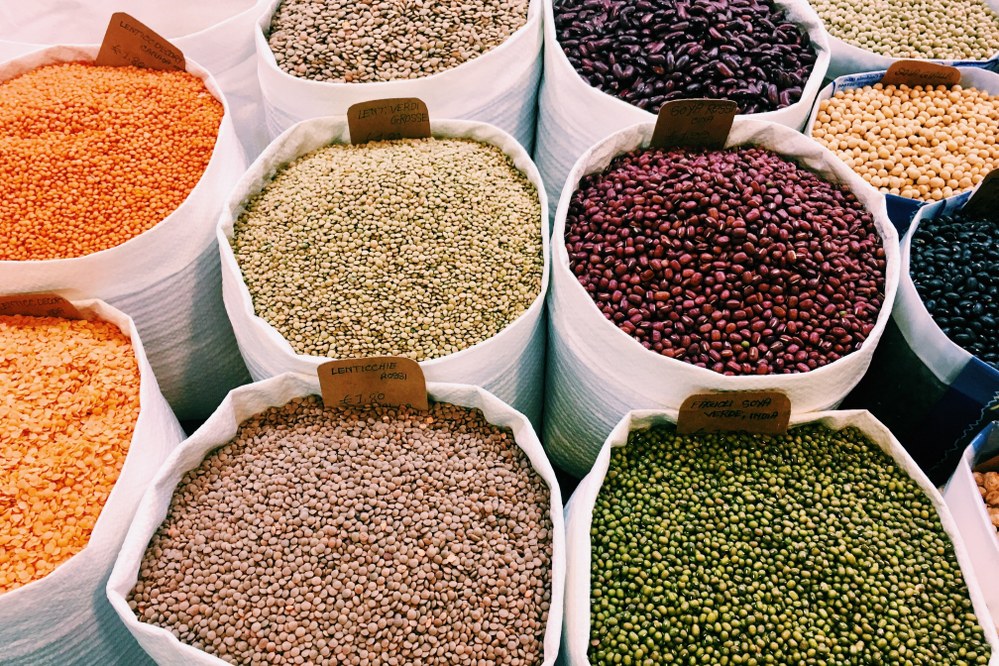
2. Fish and shellfish
Fish and shellfish have long been known as a source of high-quality protein. In addition to being a great source of protein, fish also contains B vitamins, potassium, calcium, and iodine. Some varieties of shellfish, including prawns, crab, and mussels, are also rich in selenium, copper, and zinc. Long-chain omega-3 fatty acids, which are abundant in oily fish varieties, such as mackerel, salmon, and sardines, may help fend off heart disease and stroke risk.
To make environmentally responsible choices, look for fresh, not processed fish as it allows you to check the place and method of catch. When fish are caught or produced in a way that allows stocks to replenish while causing no unnecessary harm to marine animals or plants, those fish or shellfish are considered “sustainable”. So, labelling should include ‘responsible’ or ‘farmed’ or ‘sustainably sourced’.
Notably, deep-fried fish is inferior to fish that has been steamed, baked, or grilled. However, all forms of fish—fresh, canned, and frozen—are nutrient-rich choices, so if your kids eat only fish fingers, it’s better to serve them these versus no fish at all.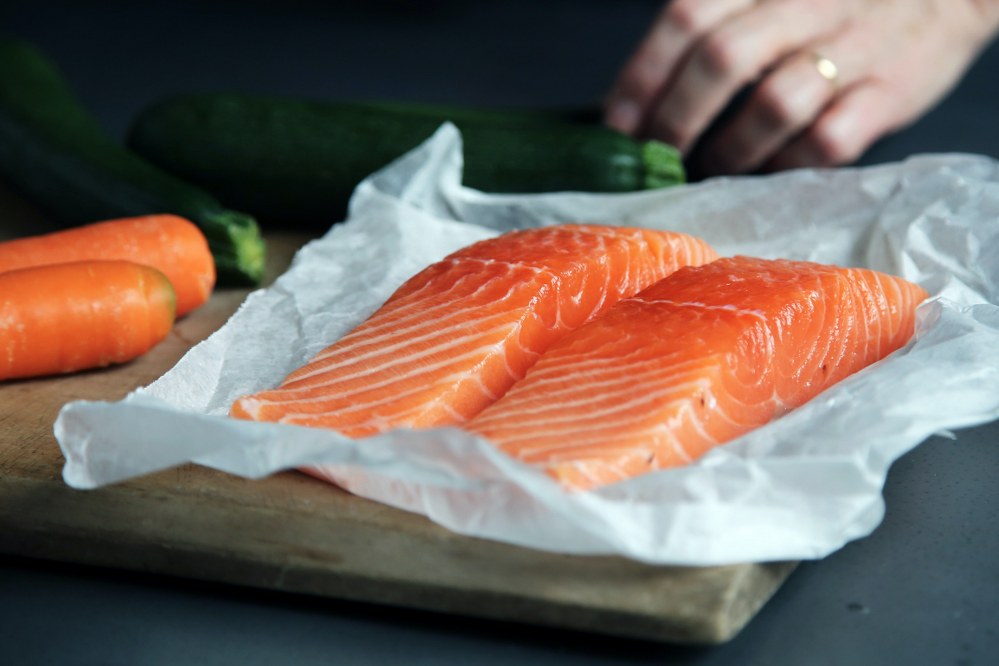
3. Potatoes
A staple food in many parts of the world, the benefit of the potato is often underestimated. They are cheap, easy to grow and one serving, the equivalent of a large jacket potato, contains 8 g of protein. Other nutrients found in potatoes are potassium and vitamin C. For a simple, protein rich healthy family meal when you have little time, you could add two tablespoons of houmous to a serving of potatoes and get an additional 3 g of protein. Potatoes have a very low environmental impact, especially if no pesticides have been used. They cause no harm to animals and are one of the most sustainable carbohydrates.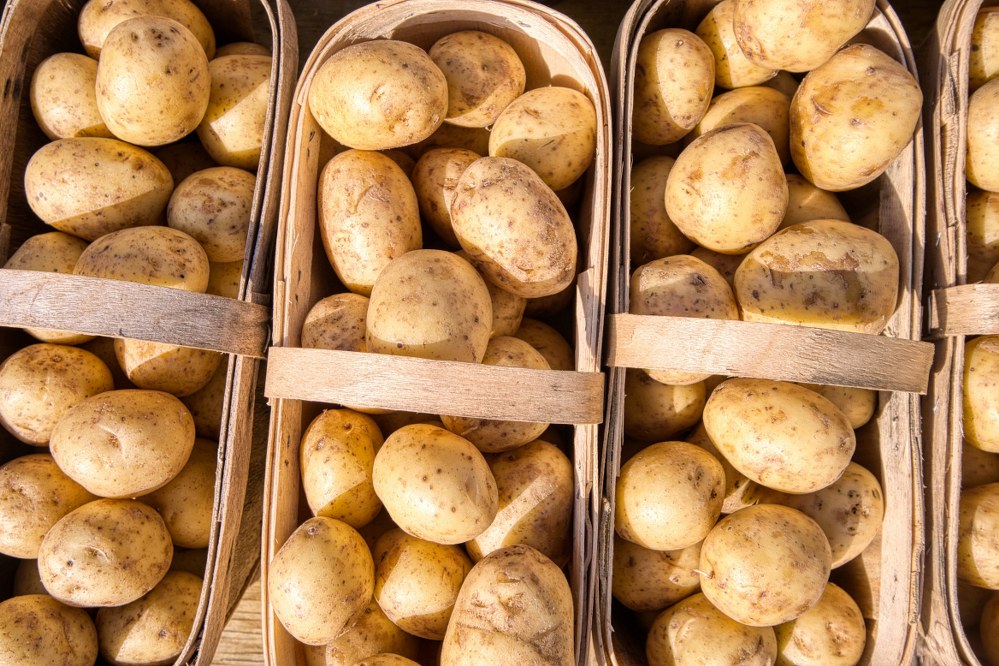
4. Soy products
Soy products are a reliable high quality protein source made from soy beans. You will find a range of versatile soy products in the shops today. They have become a popular alternative to meat and dairy products, not just among vegetarians and vegans. Products made from soybeans are thought to be among the richest protein sources available to plant-based eaters. including, for example, edamame beans, the whole immature soybeans, contain over 18 g of protein per cup or serving, whilst tempeh, a traditional fermented Indonesian soy food, has a whopping 30 g of protein per serving. Firm tofu, also known as soybean curds, contains approximately 20 g of protein per serving and is an excellent meat substitute.
Whilst switching to a more plant-based diet is better for the environment, more research needs to be done into establishing the sustainability of soy products as crops can have a detrimental impact on the environment. Soy farming has been linked to deforestation, a negative impact on water quality and other environmental factors. That said, only 7% of the soybean products are used for human consumption.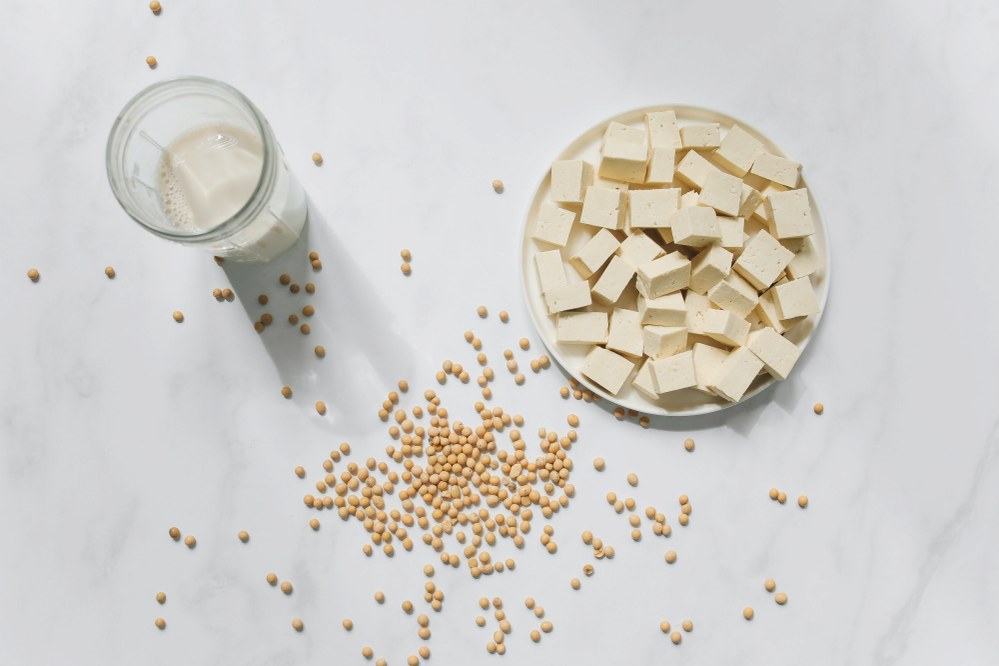
5. Nuts and seeds
Nuts are not just rich in protein they are also sustainable as they grow on trees, which absorb carbon from the atmosphere. Almonds, pistachios, and peanuts, pumpkin, hemp and sunflower seeds, as well as nut butter and seed pastes like tahini are particularly rich in protein. Nuts and seeds are also rich in fibre and unsaturated fats, and contain vitamins and minerals, such as vitamin E, B vitamins, selenium, iron, and zinc. They make a healthy and versatile ingredient as a snack or in salads and stir-fries. If you are looking to use nuts and seeds in cooking or for a snack, make sure to use unsalted products and nut butter without added salt or sugar.
Due to their lower water footprint, chestnuts, peanuts, and walnuts are the most sustainable nuts, followed by hazelnuts. When it comes to seeds, hemp seeds, flaxseeds, and chia seeds are considered amongst the most sustainable plant foods. Needless to say, nuts contain a lot of calories, so try to limit your intake to a small handful or a tablespoon of nut butter as a snack. Significantly, before using nuts and seeds in dishes for others, it is critical to check for allergies. Also, whole nuts should not be given to children under five because they can choke.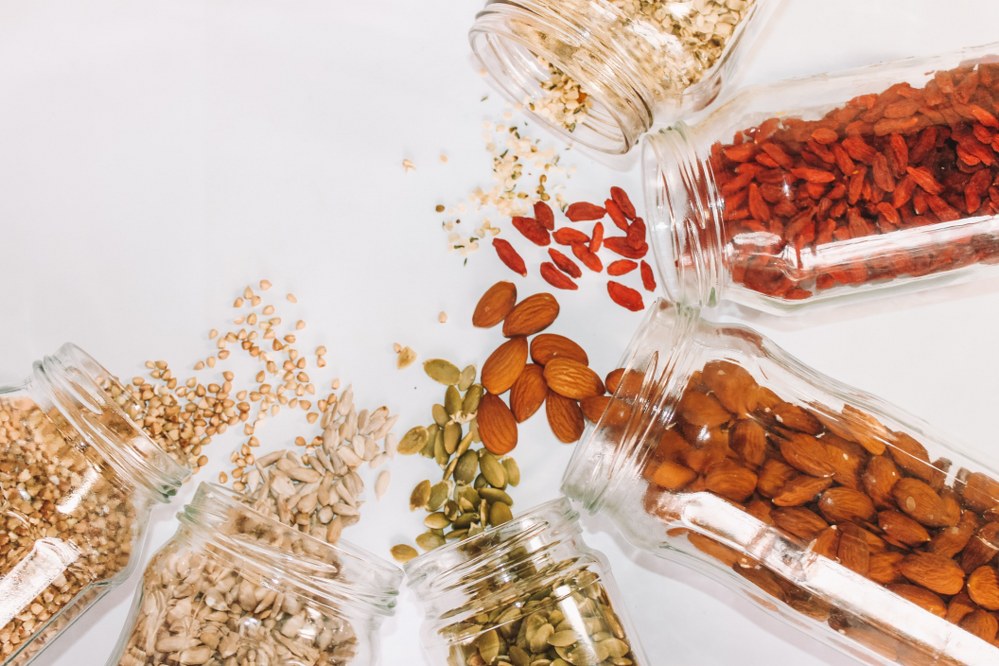
A note on dairy products
Milk, yogurt, and cheese contain protein, calcium, B vitamins, and iodine, making them beneficial sources of protein in both adults and even more so children’s diets. If you have children under the age of two, it is advisable that you give them full fat dairy products as they need to the fat and energy to grow. Older children and adults can consume reduced-fat versions of dairy products, which are still high in nutrients but lower in calories. The effects of saturated fat from dairy foods have been debated, and there is some evidence that saturated fats from milk, yogurt, and cheese may not raise cholesterol as much as we would expect.
How much protein do I need?
This depends on age weight and gender, but most people should consume approximately 1 g of protein per 1 kg of body weight daily. From around puberty onwards, males will need slightly more protein than females due to having larger muscle mass. Endurance athletes, weightlifters, and strength athletes should consume approximately 2 g of protein per kg of body weight because muscles need protein to recover and grow after exercise. Protein is particularly crucial in this context.
Why do we need protein?
Protein is a crucial nutrient for building tissue, cells, and muscle and producing hormones and antibodies, among other bodily processes. Everyone needs protein in their diet, but if you work out frequently or engage in endurance sports, you may benefit from increasing your protein intake to maximize the benefits of building muscle. Studies also suggest that eating more protein may benefit us as we age by reducing muscle loss associated with aging.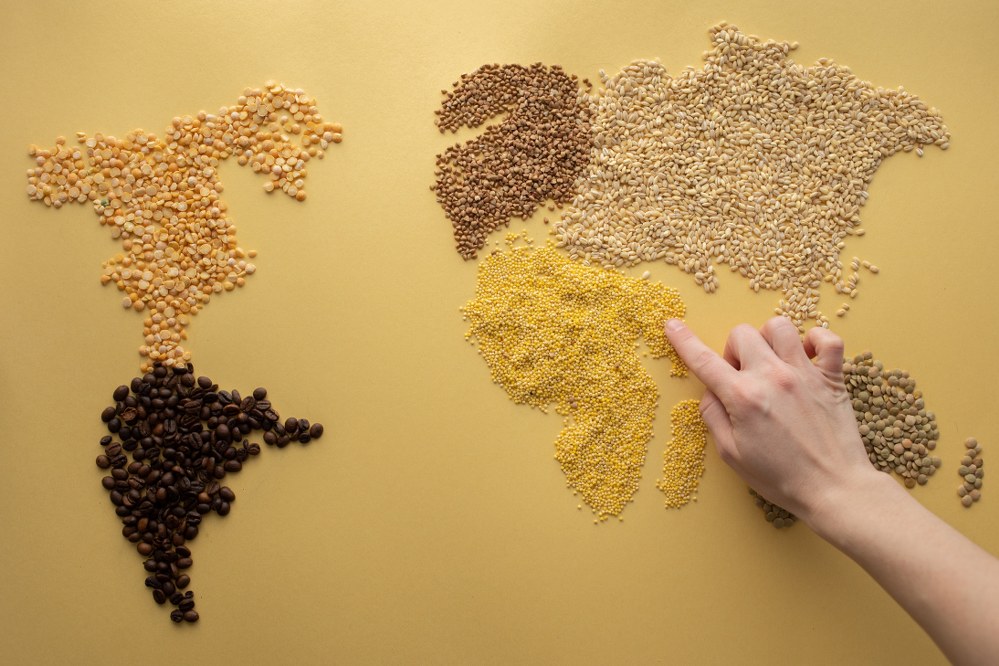
Protein and exercise
It would be best if you consumed a serving of high-quality protein (such as a glass of milk or a tub of yogurt) with a carbohydrate meal shortly after exercising to help maintain your body’s protein balance. Studies show this is beneficial even after low to moderate aerobic exercise (such as walking), especially for older adults. It does however not mean, that protein-rich diets result in increased muscle mass. Exercise, not extra dietary protein, stimulates muscle tissue, resulting in muscle growth.
What is meant by a sustainable source of protein?
Sustainable protein sources are less environmentally harmful than meat, which is still the primary conventional protein source for many people. In addition, they have a much lower environmental impact because they require fewer resources (such as water, energy, land, and others) to produce.
Last but not least:
Transitioning your family to a more plant-based diet, is a great step towards living more eco-friendly, especially if done in conjunction with choosing responsibly sourced or sustainable foods. It is, however, incredibly important to choose the right protein sources to ensure all family members, especially children, receive enough protein in their daily diet when cutting out animal and/or animal derived products. Therefore, making the switch to a pescatarian, vegetarian, or even vegan diet requires a little planning and possibly supplements, where children are involved to avoid a lack of essential nutrients. We hope our guide to finding sustainable protein sources will help you and your children on your path to a happy, healthy, and environmentally conscious way of eating.
About the author:
Single Parents on Holiday offer group holidays for single parent families in the UK and abroad, including holidays with teenagers, ski holidays, solo holidays for single parent empty nesters, etc. Go to our homepage to find out more.
If you liked our article, please check out our other blog posts and subscribe to our Single Parent Travel Blog: